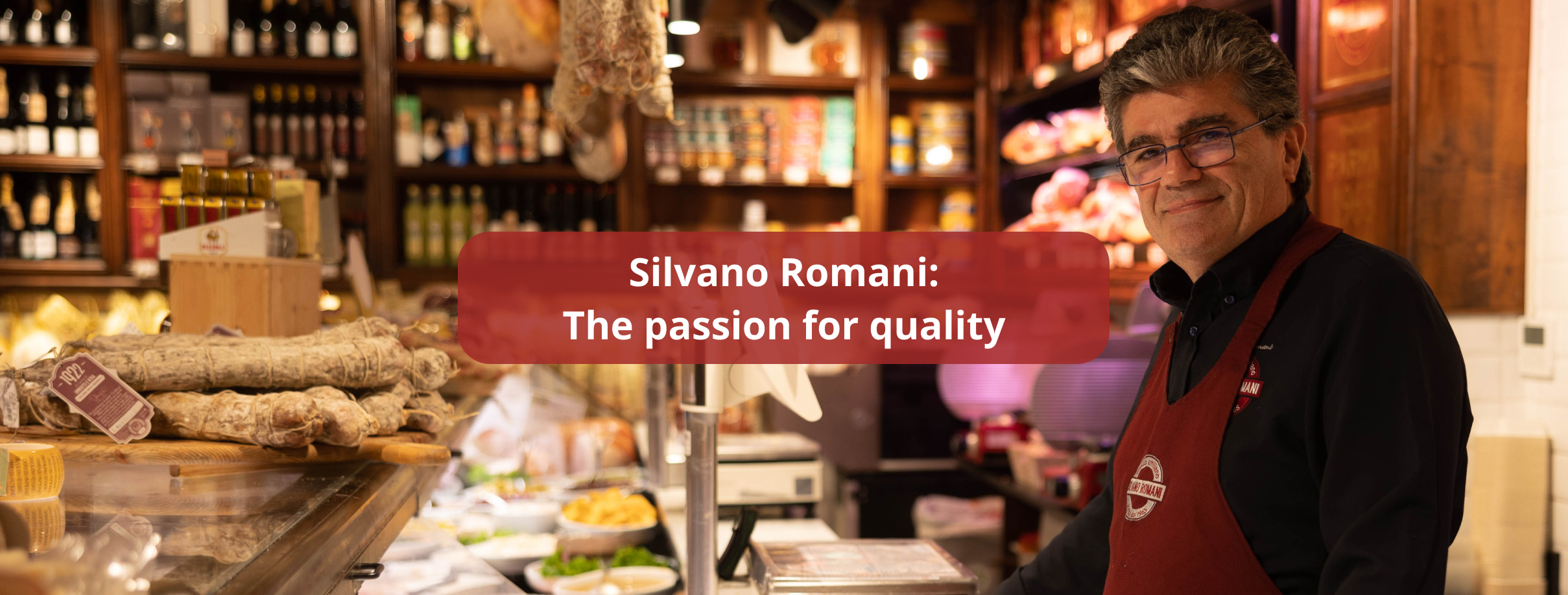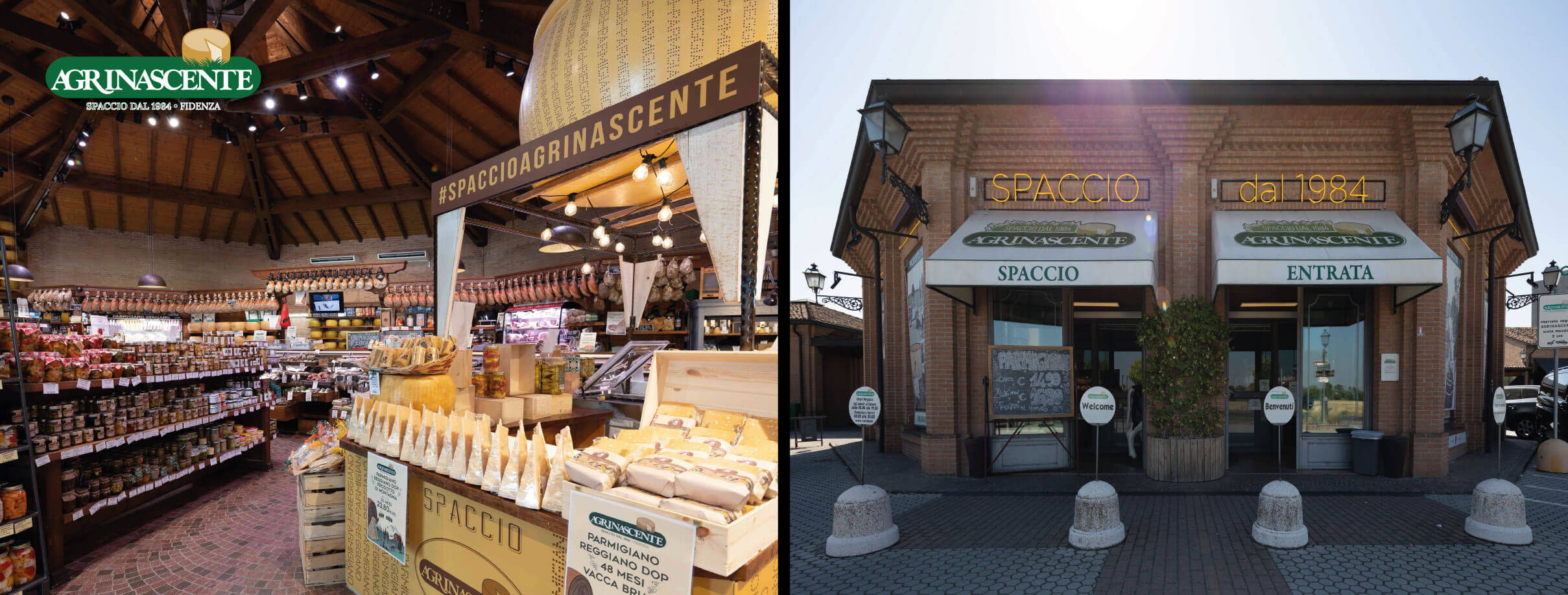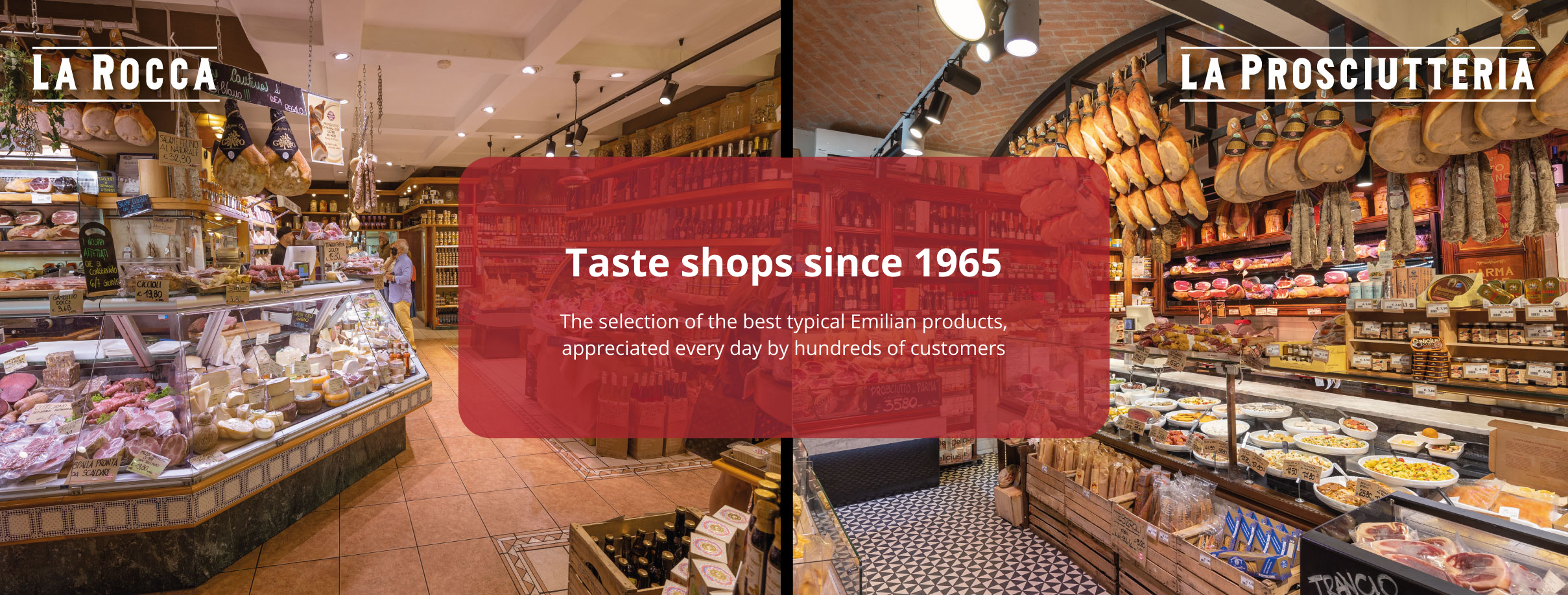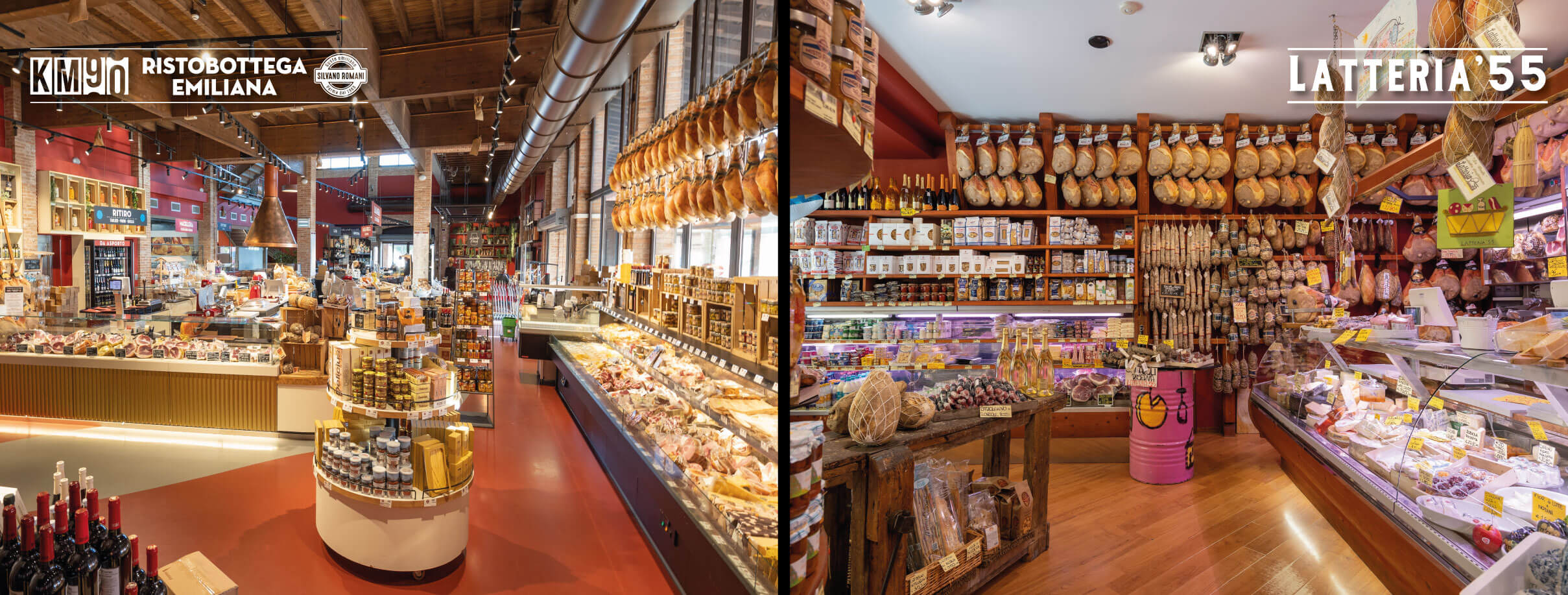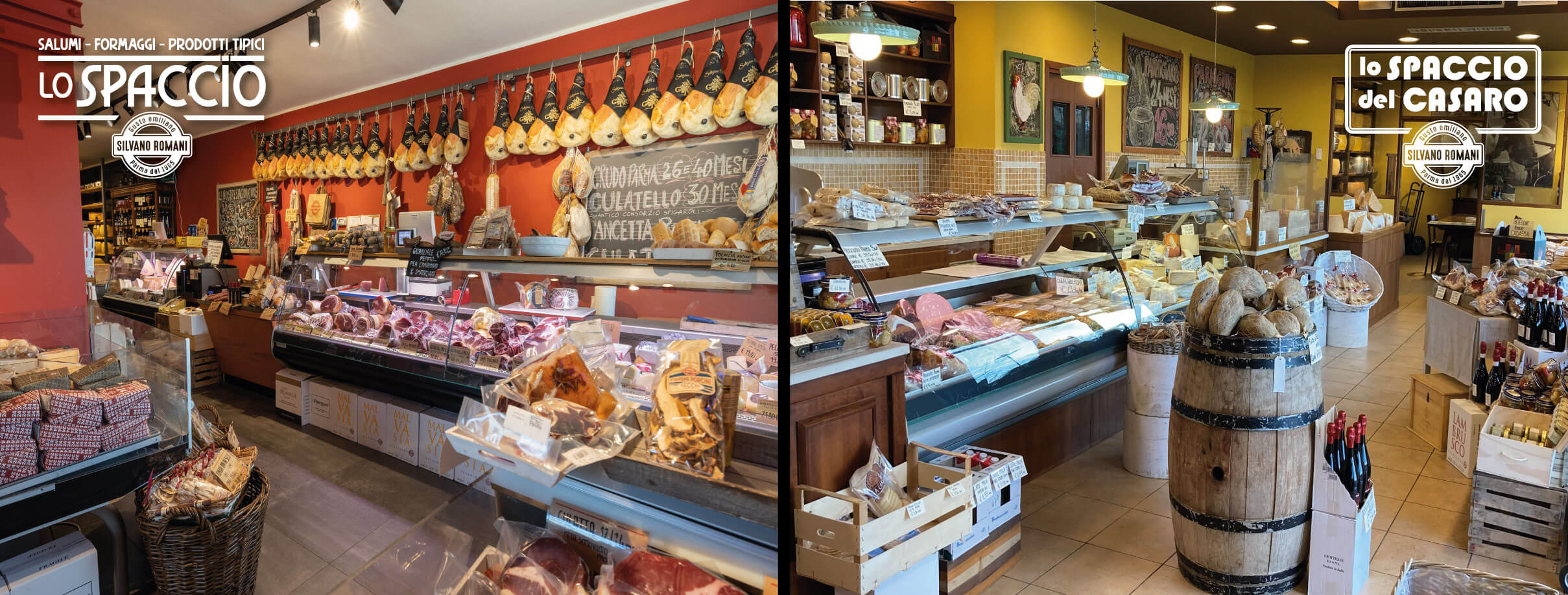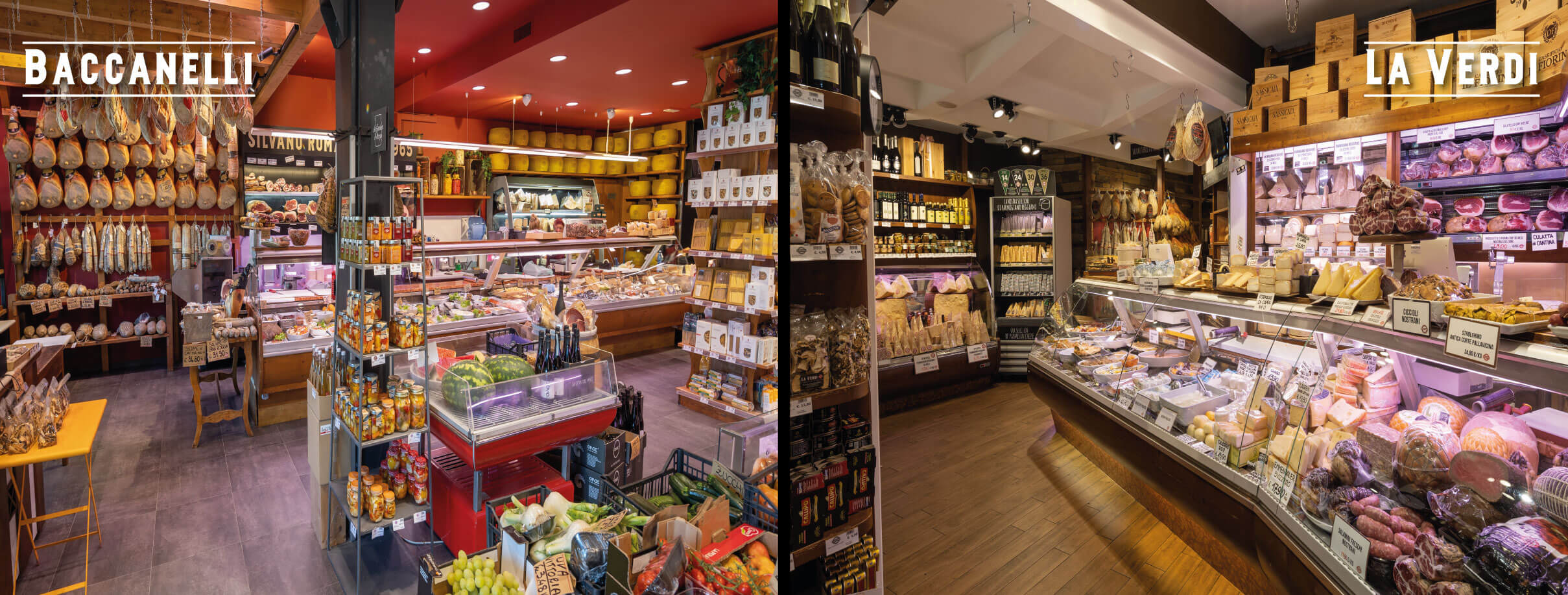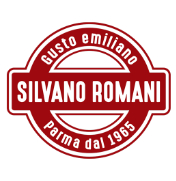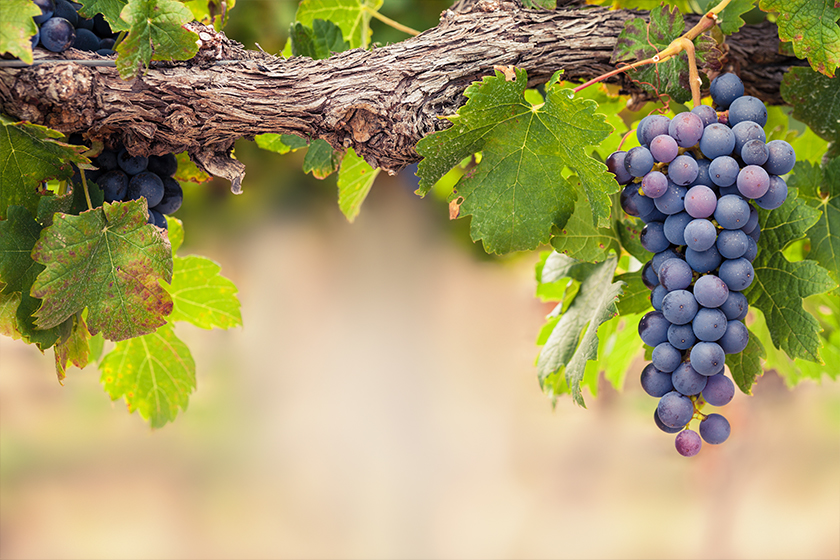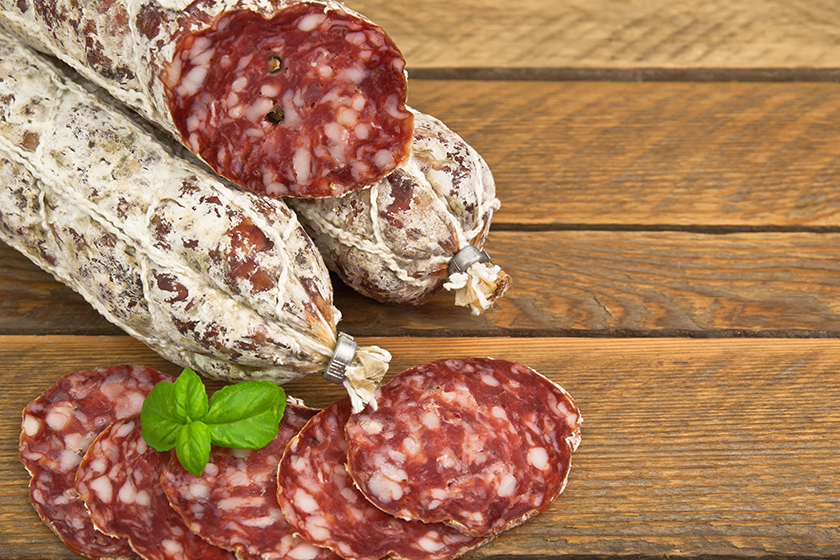Look at the Wine category!
Take time to read the complete article
What is the grape-harvest?
The Italian word "vendemmia" directly refers to the process of the grape-harvest finalised to the vinification.
The perfect time for harvest is when the grape has reached the proper degree of maturity. Grape-harvest good times are essentialy three: August-September, September-October, October-November for late maturing grapes. With some exceptions caused by the weather unpredictability.
This is a magical moment as much as stressful and challenging for the whole staff of the Winery. It requires great patience, resistance and concentration on the part of everyone involved such as who picks up grapes in the field or the tractors driver, the oenologist and who works inside the winery.
But as always...let's go in order.
The analysis and the grape-harvest
The first stage of vendemmia consists in the harvesting of grape bunches, that is preceded by a thorough period of grape bunches analysis, conducted directly in the vineyard by the enologist together with the agronomist in order to ensure that the grape has reached the exact point of maturation so that it can be harvested and processed. To the firms availability it is done manually or mechanically. The grape bunches are cut with appropriate tools, separated from the leaves and just the best and healthy ones are placed in plastic crates, subsequently emptied on carriages to be carried up to the harvest vats on the " slopes" of the winery.
Usually the carriages are covered in dry ice so as to avoid the deterioration and the premature fermentation caused by the sugar and the heat, and to mantain bunches fresh, furthermore this technique helps prevent the natural oxidation due to the contact with oxygen. Each carriage shall be duly weighed and registred by the staff of the winery, because the processing law and the disciplinary action impose on vine-dressers to precisely declare the quantity of the harvested and processed grape, which will be verbalized in special registers and presented to the authorities.
The grapes crushing
The grapes harvested is transported into the zone equipped for the crushing. But before, the grapes are carried through some cochleas to the stalk-removing machine that separates grapes from sprigs-grapes. This is and essential process because the crushed stalks could emit tannic and bitter substances by altering the grapes flavor. Once they are separated, there will be the real crushing, which varies depending on the grapes typology, on the machinery and the technique chosen by the enologist technician.
The fermentation
The must flower or the green must obteined by the crushing is pumped into vats so called fermenters where the period of fermentation will start. The fermentation would be of three different types: the red fermentation which requires that the must flower maintains contact with the peelings, in order to allow the dissolution of polyphenol and aroma content into the peelings, the grape pips and especially into the pigments which will give the colour, that is extremely important for the Red wine.
While during the white fermentation, finalised to produce white wines, the must is immediately separated from the peelings and grape pips: these coming wines will be fruit flavored, herbaceous with fesh taste. Lastly there is the rosé vinification that consists of the separation of a part of the red must directly from the fermenter station after a very short term of proximity to the peelings, just the time necessary to "dye" the must flower of the product concerned required colour. The fermentation occurs through the graft of particular yeats, specifically these obteined from the Saccharomyces Cerevisiae or Saccharomyces Baianus origin species. Once introduced into the fermenter stations, they start the absorption process of must sugar by converting it into carbon dioxide and certainly into alcool. The process takes at least 10/15 days and it must be continuously supervised by paying attention to the temperatures in order to avoid heat stress, which could eliminate the yeats and halt the fermentation, by provoking a disaster.
The racking process
Once that the red wines fermentation process has concluded, the following stage is the racking process so the separation of the peelings from the fermented must. The "fermenters" are planned with appropriate hatches from which the clean and fermented must can primarily flow into the vats where the aging process will start, while the peelings flow in a cochlea which will bring them to the press in order to extract all the outstanding must of which they are impregnated. This is a long, demanding process with a significant proportion of risk for the workers because it is the moment in which the fermenters, full of carbon dioxide (as we know highly toxic) are opened and employed from close up.
Vendemmia final stages
At the end of the fermentation process, will start one of the most important phase of this cycle: the wine ageing. It will give raise to a variety of wines, such as sparkling wines or "meditation" wines, depending on the process used. The result will nevertheless araise from the traditions inherited for generations, many times super-secret, to create a product which will be expression of its territory and relevant on the current market.
Have great sips!
Source: Wikivinum


